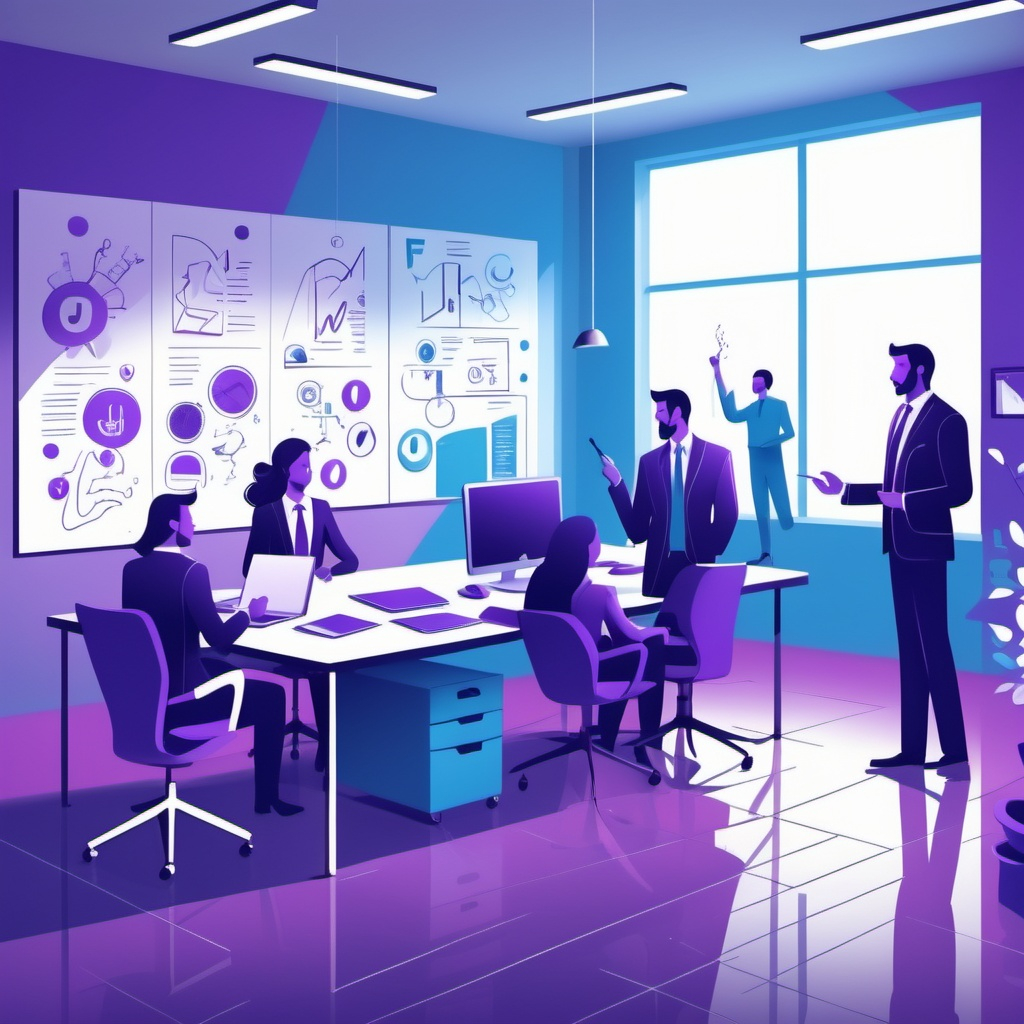Work in the Metaverse: Trend or the New Normal?
Imagine starting your workday by stepping into a sleek virtual office, collaborating with colleagues from around the globe, all from the comfort of your home. The concept of the metaverse—a collective virtual shared space—is transforming this vision into a potential reality. But as we navigate through 2025, the question remains: Is the metaverse poised to redefine our workplaces, or is it still a distant dream?
The Metaverse: A New Frontier for Work
The metaverse, often described as a network of 3D virtual worlds, allows users to interact, conduct business, and build social connections through digital avatars. It’s envisioned as a virtual reality version of today’s internet, offering immersive experiences that transcend physical boundaries.
Companies like Meta have invested heavily in this vision, developing platforms such as Horizon Workrooms to facilitate virtual collaboration. These platforms aim to replicate the nuances of in-person interactions, from casual hallway chats to collaborative brainstorming sessions.
Potential Opportunities
The metaverse offers several potential benefits for the workplace:
Enhanced Collaboration: Virtual environments can foster creativity and teamwork, allowing for dynamic interactions that traditional video conferencing may lack.
Global Accessibility: Employees can connect from anywhere, promoting inclusivity and flexibility.
Innovative Training: Immersive simulations can provide effective training experiences, particularly in fields requiring hands-on practice.
Challenges
Technological Barriers: The adoption of VR technology is hindered by hardware limitations and user discomfort.
Data Privacy Concerns: As interactions move into virtual spaces, ensuring the security and privacy of user data becomes paramount.
Work-Life Balance: The blurring of boundaries between virtual and physical spaces may impact employees’ ability to disconnect.
The HR Perspective
Human Resources professionals play a crucial role in integrating the metaverse into the workplace. They must navigate the complexities of virtual interactions, from establishing codes of conduct to addressing potential issues like virtual harassment.
Moreover, HR leaders need to ensure that all employees are equipped to engage in virtual environments, providing necessary training and support to bridge any technological gaps.
VIRTUAL HEALTH MONTH, time to explore how digital innovation is transforming wellness in workspaces, from mental health apps to immersive VR therapy.
Conclusion
While the metaverse holds promise for transforming the workplace, its widespread adoption depends on overcoming current challenges. As technology evolves and becomes more accessible, we may see a gradual shift toward virtual offices.
As Bill Gates once noted, “We always overestimate the change that will occur in the next two years and underestimate the change that will occur in the next ten.” The metaverse may not revolutionize our workspaces overnight, but its potential to reshape the future of work is undeniable.
References
https://hbr.org/2022/04/how-the-metaverse-could-change-work
https://www.shrm.org/in/topics-tools/news/is-technology-making-your-teams-more-resilient–think-again








